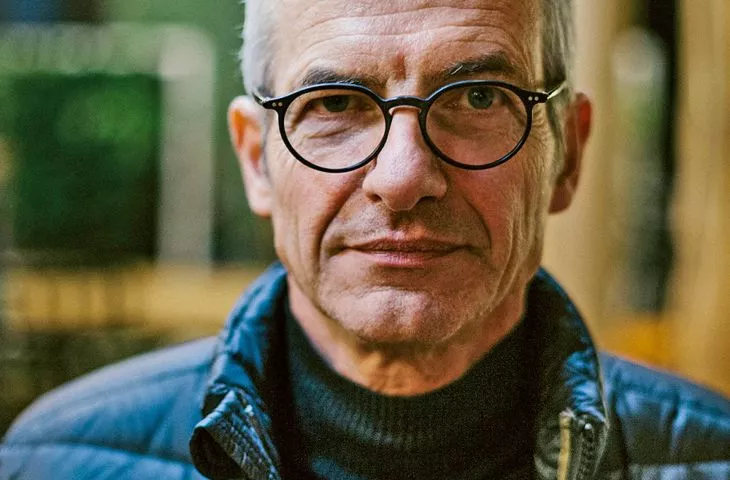Quo vadis architekturo?
Competitions drive architecture
Justyna: Do you think that competitions make architecture better?
Tobias: Absolutely. When a project is chosen through a competition, you get twenty proposals from twenty different studios, all of which want to win and give their best.
Gabriel: The competition between offices makes everyone want to give the best they have. You have to prove that your project is better than dozens or hundreds of others. The quality of architecture can only benefit from this.
Tobias: I think that doing competitions is also important for the architectural studios themselves. In the competition process, we can experiment, try something new and constantly develop. Sometimes we realize already at the stage of working on the concept that we will not win. However, the very awareness of creating a certain prototype that no one has come up with before gives great satisfaction.
Four Primary Schools in Modular Design, Munich - four elementary school in a modular design with a cradle vault that protects against monotony and anonymity, creating a distinctive space for students and teachers, proj.: wulf architekten, 2017
© Brigida González | wulf architekten
Justina: For about a year, Gabriel has also been running a new branch in Basel. How did its creation come about?
Gabriel: It started with winning a competition in Switzerland. Then the idea came up that if we were going to do a project in Switzerland, why not be physically there? The decision came very quickly, especially since I had already lived in Basel for a while. We decided that it was a good opportunity for the office to enter a new market, and for me to have the chance to work not only on the competition, but also on its implementation.
Tobias: What's more, at the same time we got another project in Switzerland, which only accelerated the need to build a team there.
How far does the apple fall from the apple tree?
Justina: Have you thought about trying to follow your own career path instead of working with your dad?
Gabriel: There is no denying that my working style is completely different from my father's. Sometimes there were arguments between us because of this. However, I have learned a lot from working intensively on competitions. Its inherent element is discussions, during which very different opinions arise. However, these differences of opinion serve to develop the best possible solution. The same is true of our relationship - thanks to the fact that we work in such different ways, we complement each other well, and have learned to understand each other. Of course, I won't hide the fact that, like any young architect after graduation, I considered going my own way. But now I see a very great potential in our cooperation. On the one hand, there is his vast experience developed over the years, and on the other hand, we can see room for further development.
Institute for Food Safety and Hygiene, Free University of Berlin - first prize in the competition for the construction of a new laboratory and teaching building on the Düppel campus, proj.: wulf architekten, 2018
© wulf architekten, visualization: Brutal & Delikat
Justyna: Germany hosts many international trade fairs, the answer to the need for additional exhibition spaces is the "Messe Stuttgart" hall project. What are the challenges involved in designing such large exhibition facilities?
Tobias: When we took part in the competition for the design of the Stuttgart trade fair halls twenty years ago, we had no experience in such large projects. The competition had three stages. One hundred studios took part in the first, thirty went through to the second, and only three remained in the final stage - two studios with extensive experience in trade fair hall design and us. An important part of the final stage was consulting the project directly with the client. When we presented him with our idea, it turned out that it was completely different from the rest of the proposals. The plot of land had a twenty-meter slope, and the other architects assumed its leveling, while we used it in our design as an internal circulation route, while creating terraces with attractive views at different levels. The client liked the idea very much, but didn't believe it could be implemented. We spent the next month of consultations presenting him with countless arguments in favor of such a solution. Eventually we managed to convince him to choose our proposal.
...
















































